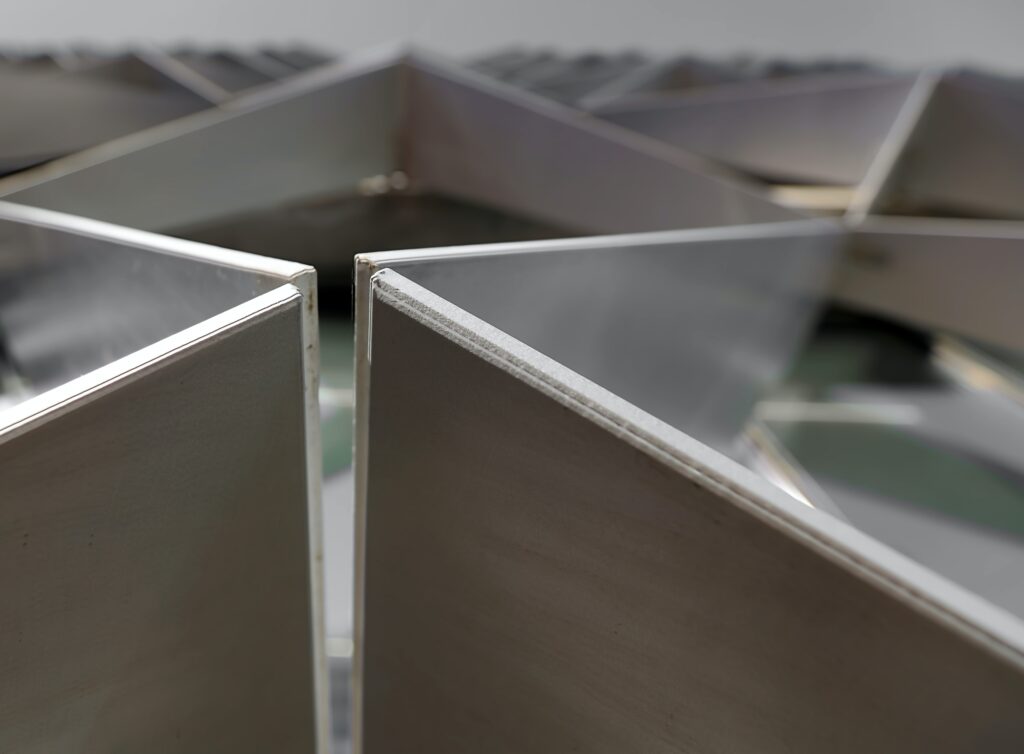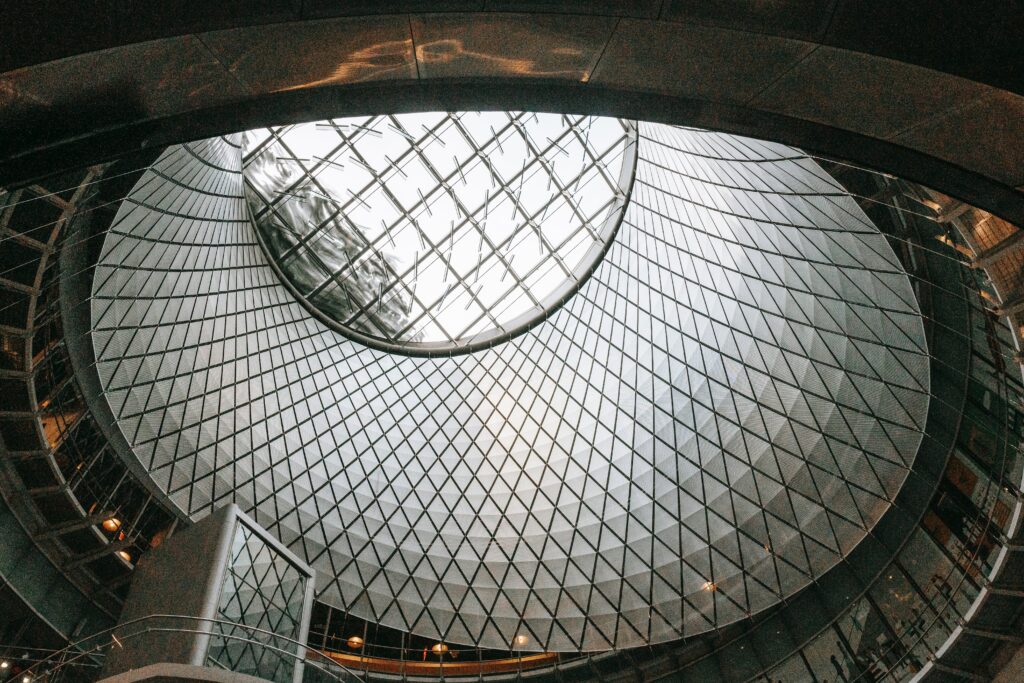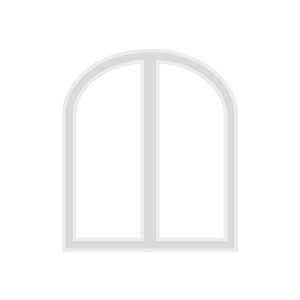Aluminium extrusions allow you to create an endless array of shapes. The extrusion process works by forcing aluminium billets through a die, with the eventual shape based on the die used as well as the pressure applied.
With aluminium being strong, lightweight and resistant to corrosion, the ability to create aluminium extrusions is yet another major benefit of using this fantastic material within your project. The process is commonly used to produce large quantities of parts with consistent dimensions and tolerances, making it ideal for manufacturing, engineering, construction or architectural projects in particular.
That said, every industrial process has its limitations and considerations, and the aluminium extrusion process is no exception.
Here’s an overview of what to consider to ensure a positive outcome when aluminium extrusion bending.

Aluminium Extrusions Design Considerations
- Material selection – Not all aluminium is created equal, as like many metals, aluminium can have several alloys. Some alloys work exceptionally well for the aluminium extrusion bending process. We prefer aluminium alloys series 3003, 5052 and 6061 for bending. In contrast, other alloys can be prone to cracking or breaking during the process. This makes the material selection process something which requires a knowledgeable approach.
- Wall thickness – Extrusion walls are subject to different thicknesses. The thicker the wall, the more difficult it is to bend.
- Die design – The shape of the die will affect the ultimate design of the aluminium extrusion, meaning its properties need to match the project requirements.
- Bending radius – In any aluminium bending process, there will always be a maximum bending radius that can be achieved. If this level is exceeded, the extrusion may crack or become deformed. A safe radius can be determined by considering the wall thickness and aluminium alloy that has been used.
- Surface finish – Aluminium surfaces can be rough or smooth. Generally, smooth surfaces are easier to bend, as rough surfaces can require additional processes to achieve the desired finish.
- Heat treatment – In some cases, an aluminium alloy may require exposure to heat after the bending process to ensure strength and durability for the aluminium extrusion.

Aluminium Extrusions by ABS
Here at ABS, we have the largest capacity of any company in the UK when it comes to all things aluminium section bending and aluminium extrusions. So if you’re searching for aluminium extrusions for your project, you’re in the right place.
In addition to aluminium bending, we produce aluminium windows and doors. This includes a wide variety of custom shapes including gothic arch and porthole windows. While based in Nottinghamshire, we offer our aluminium services across the UK.
Whichever service you’d like to learn more about, please get in touch either by dropping us an email or giving us a call on 01623 721 172 for further help or information.


